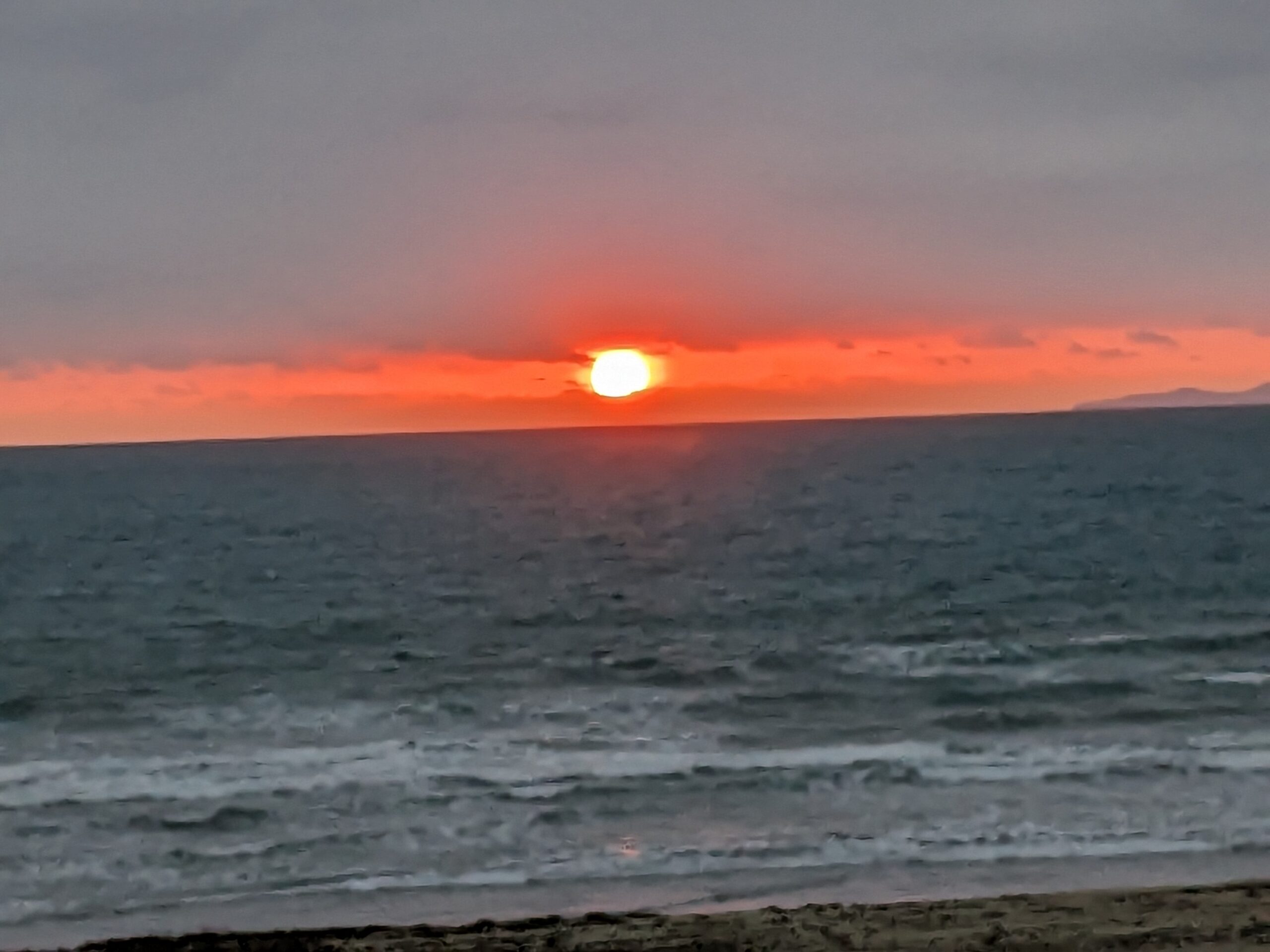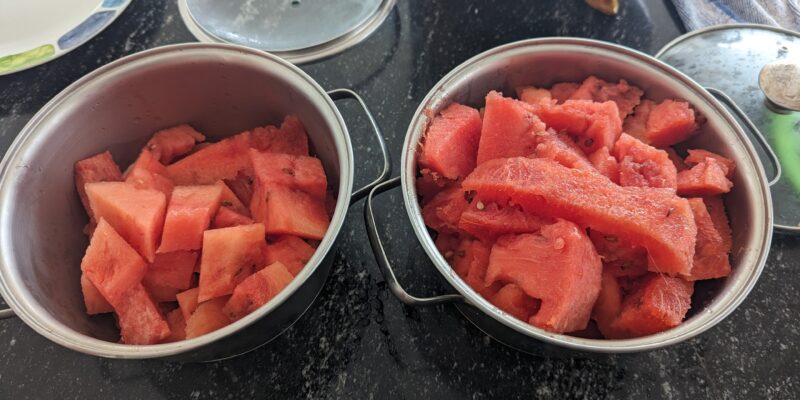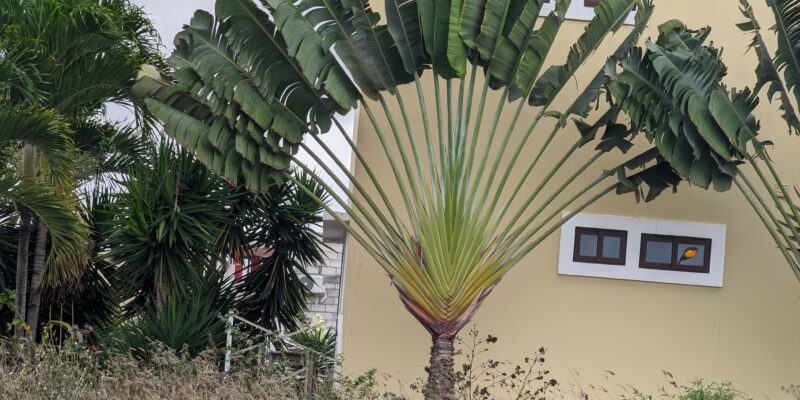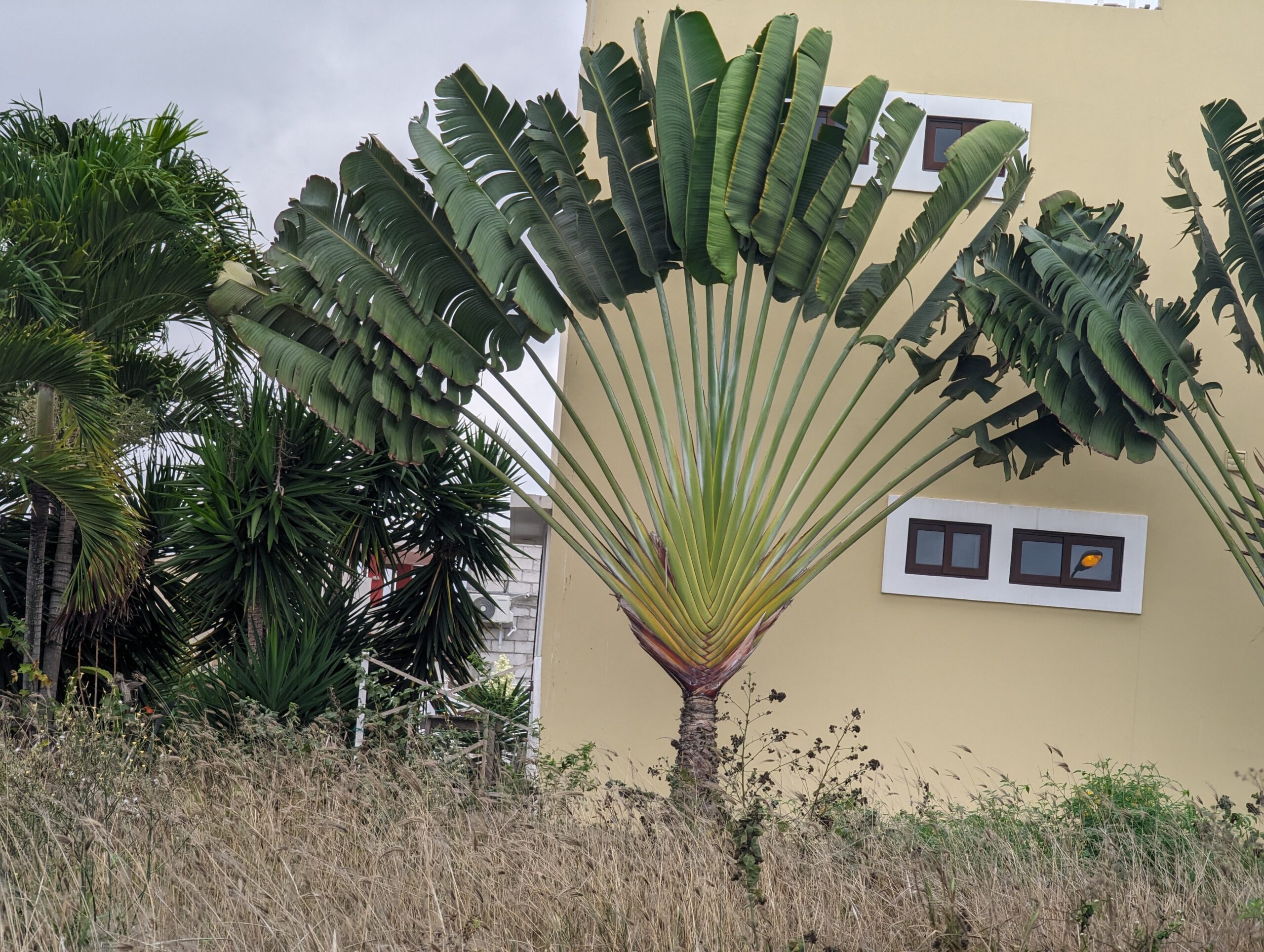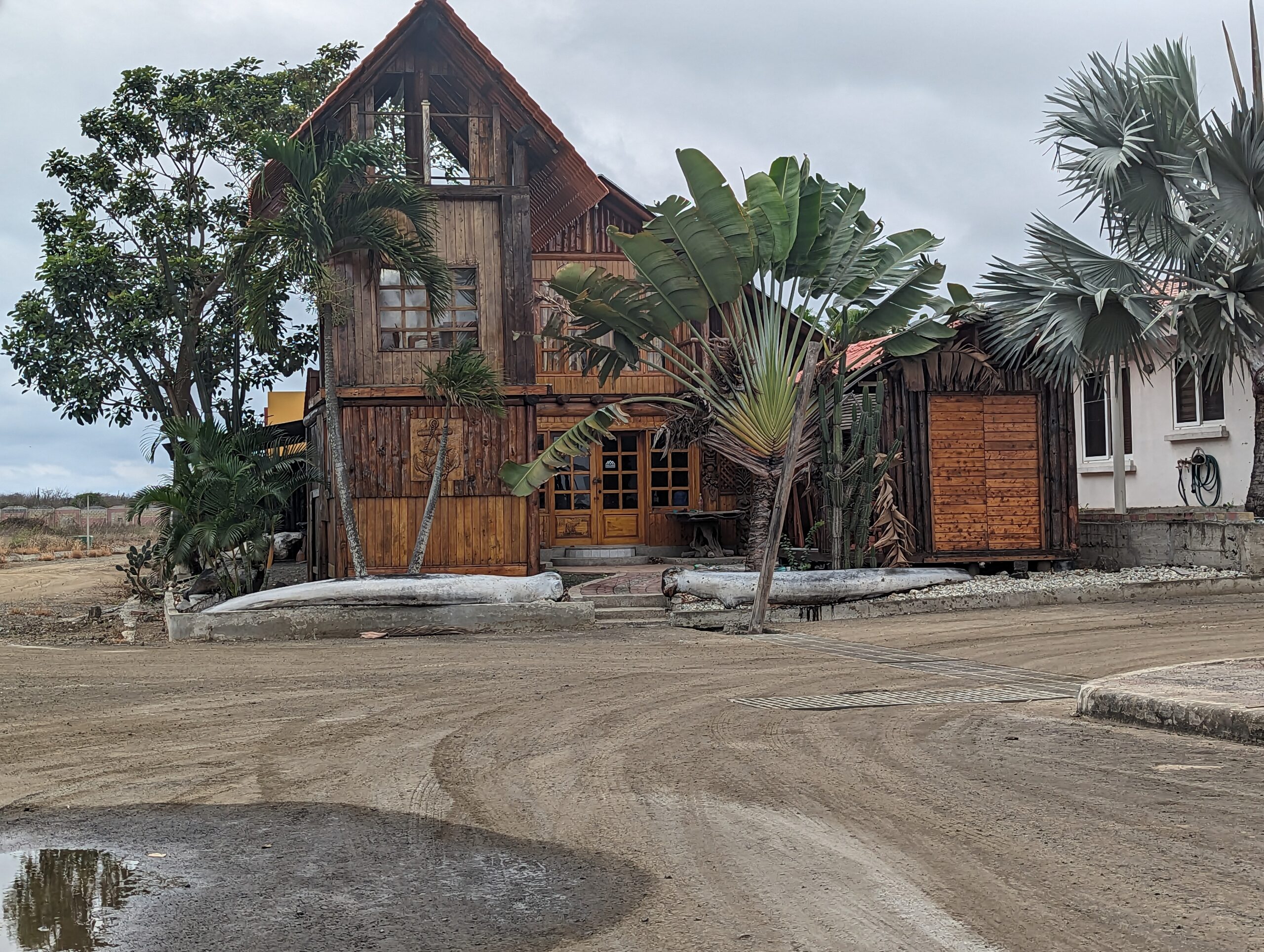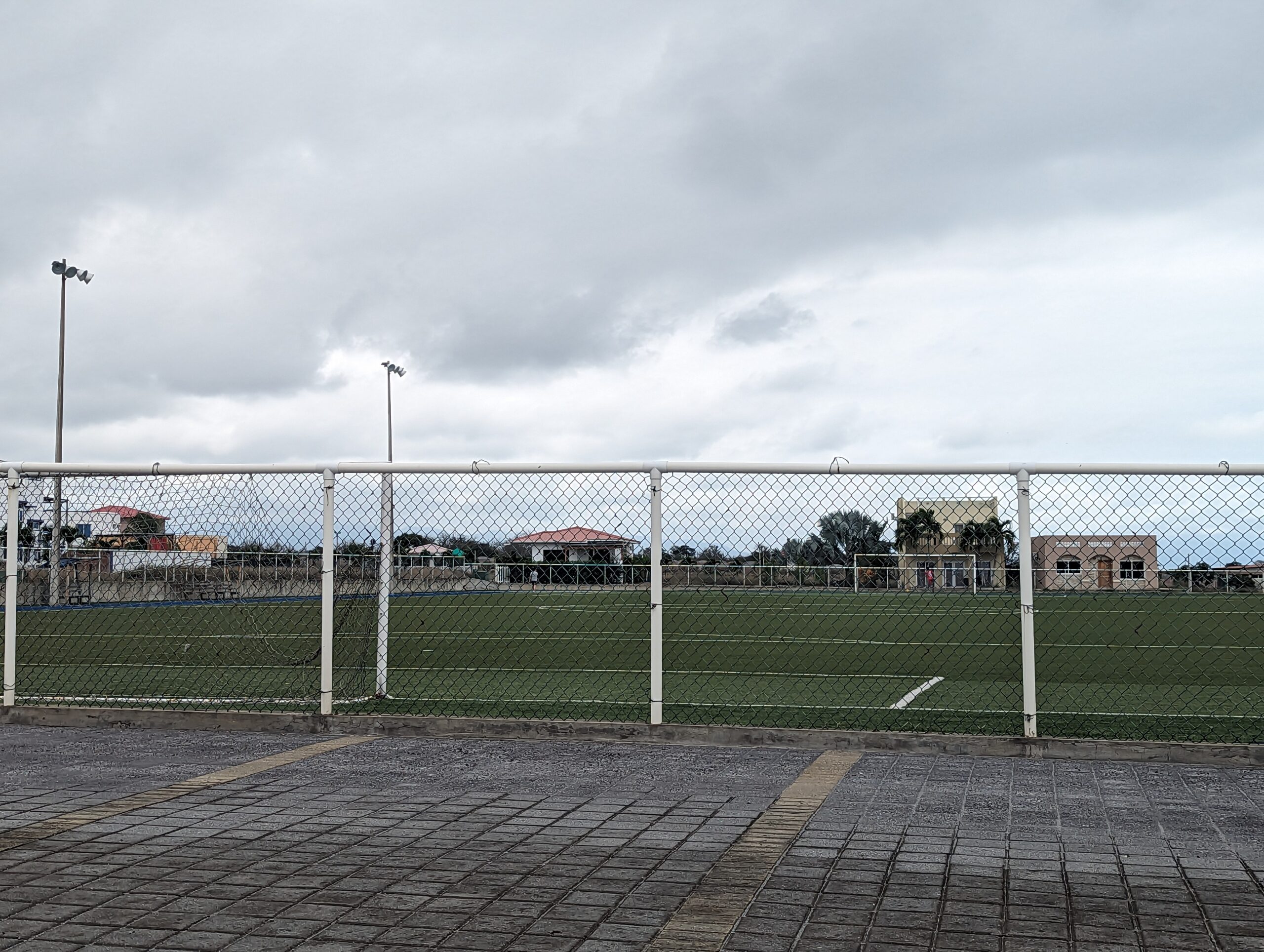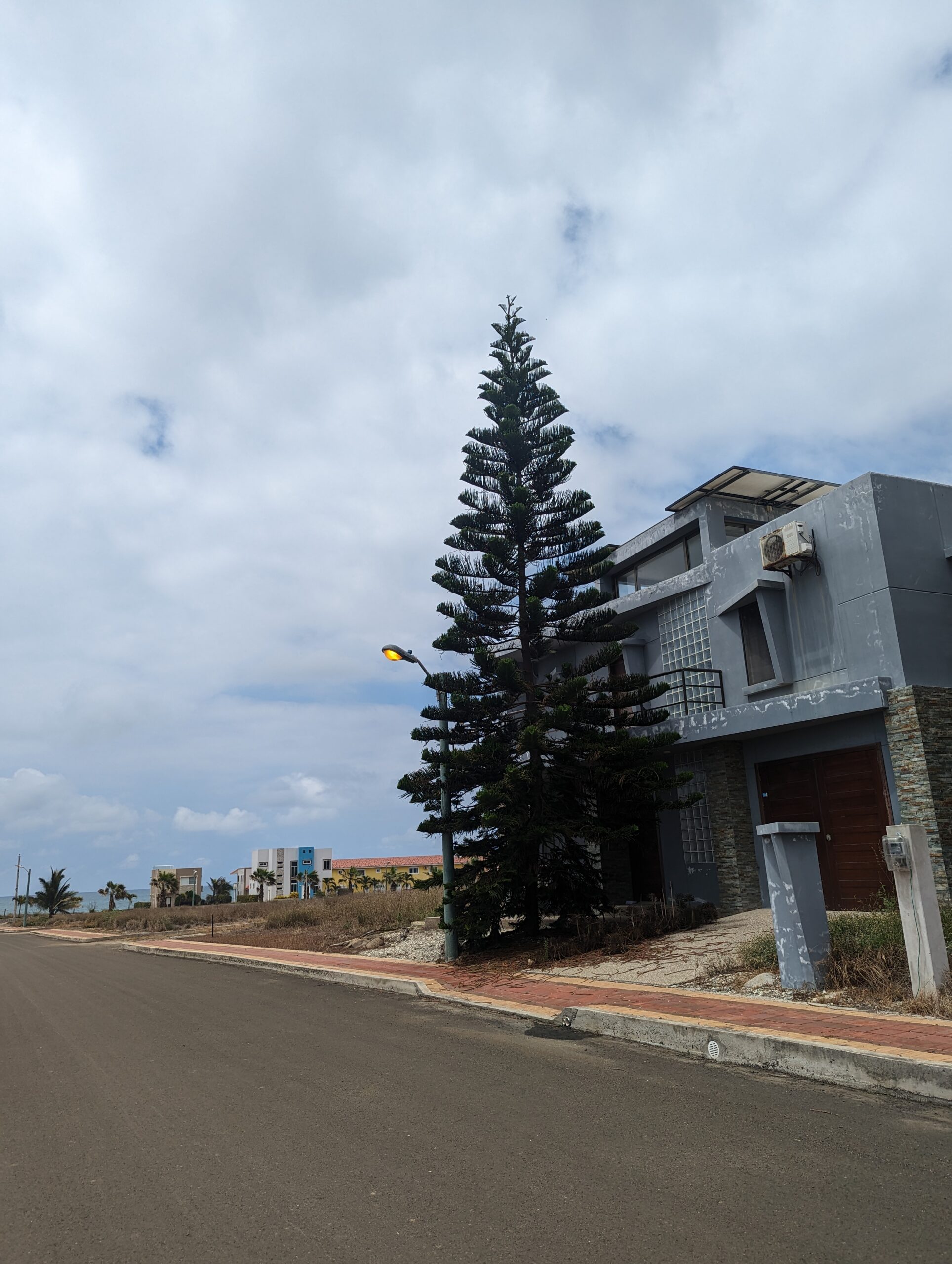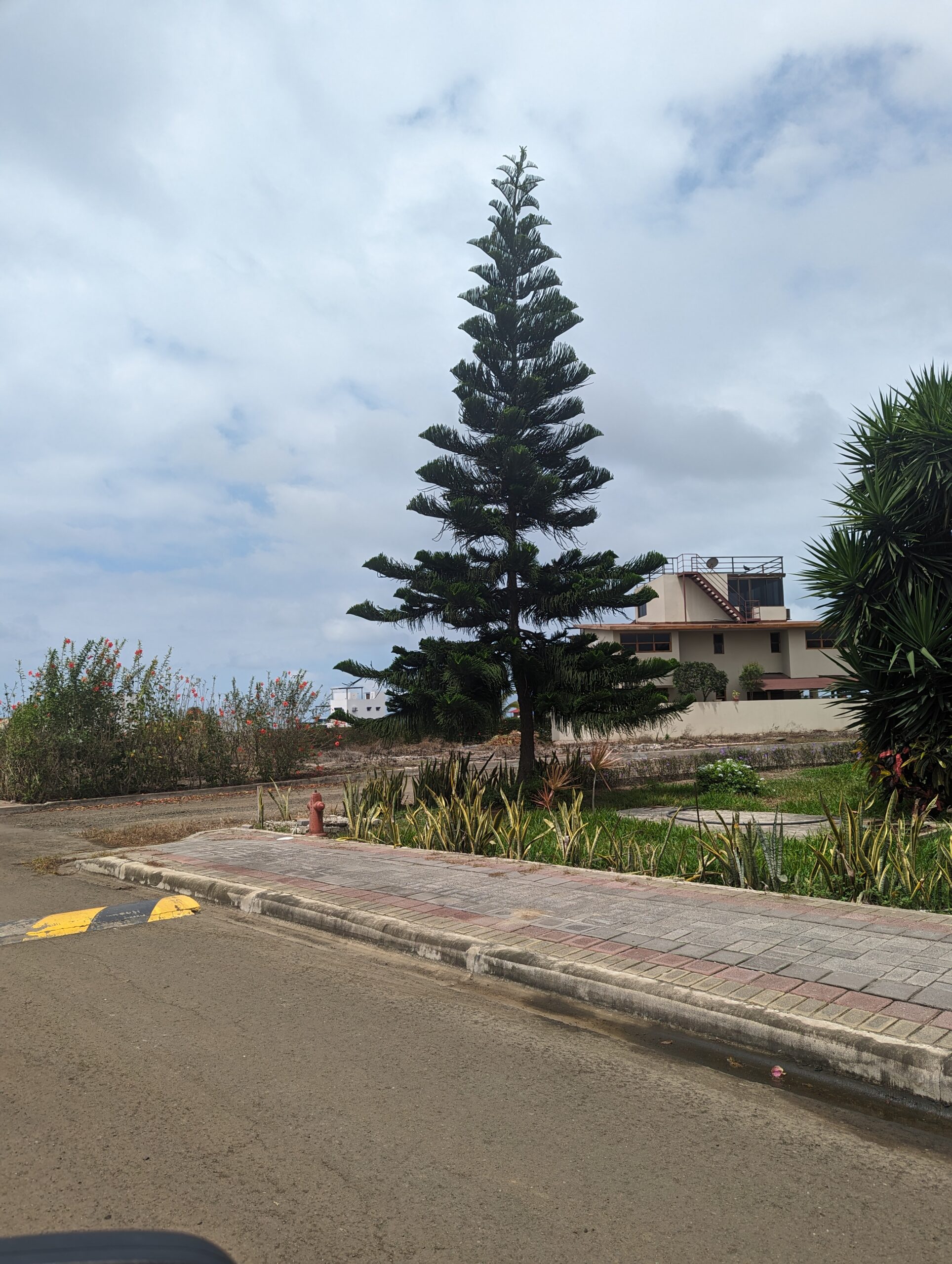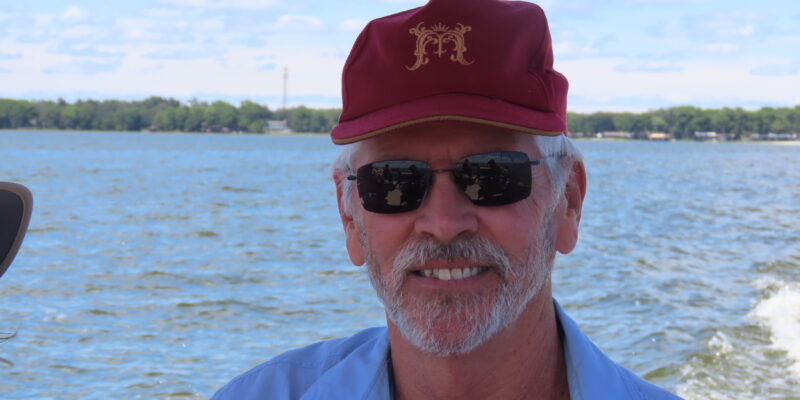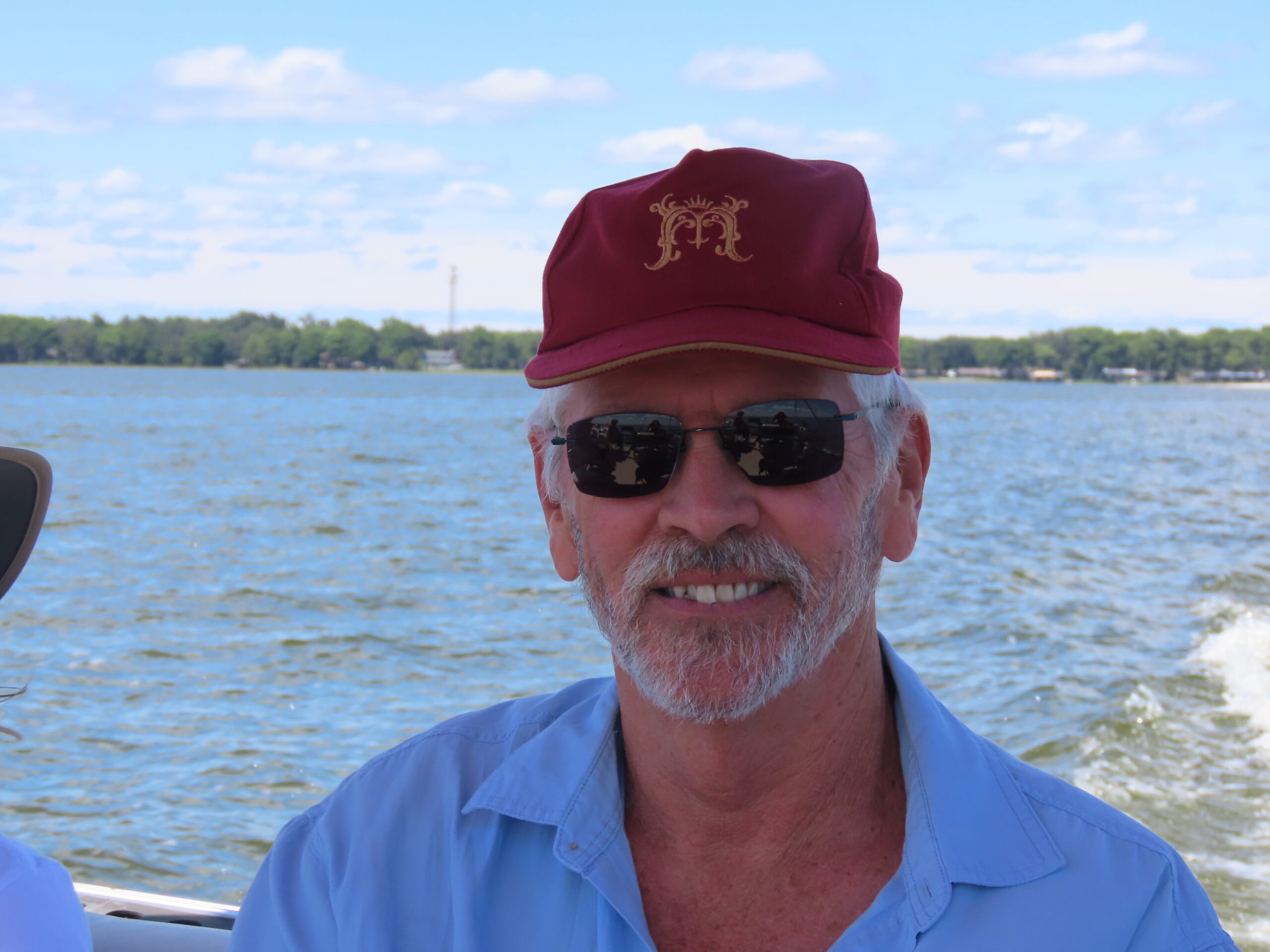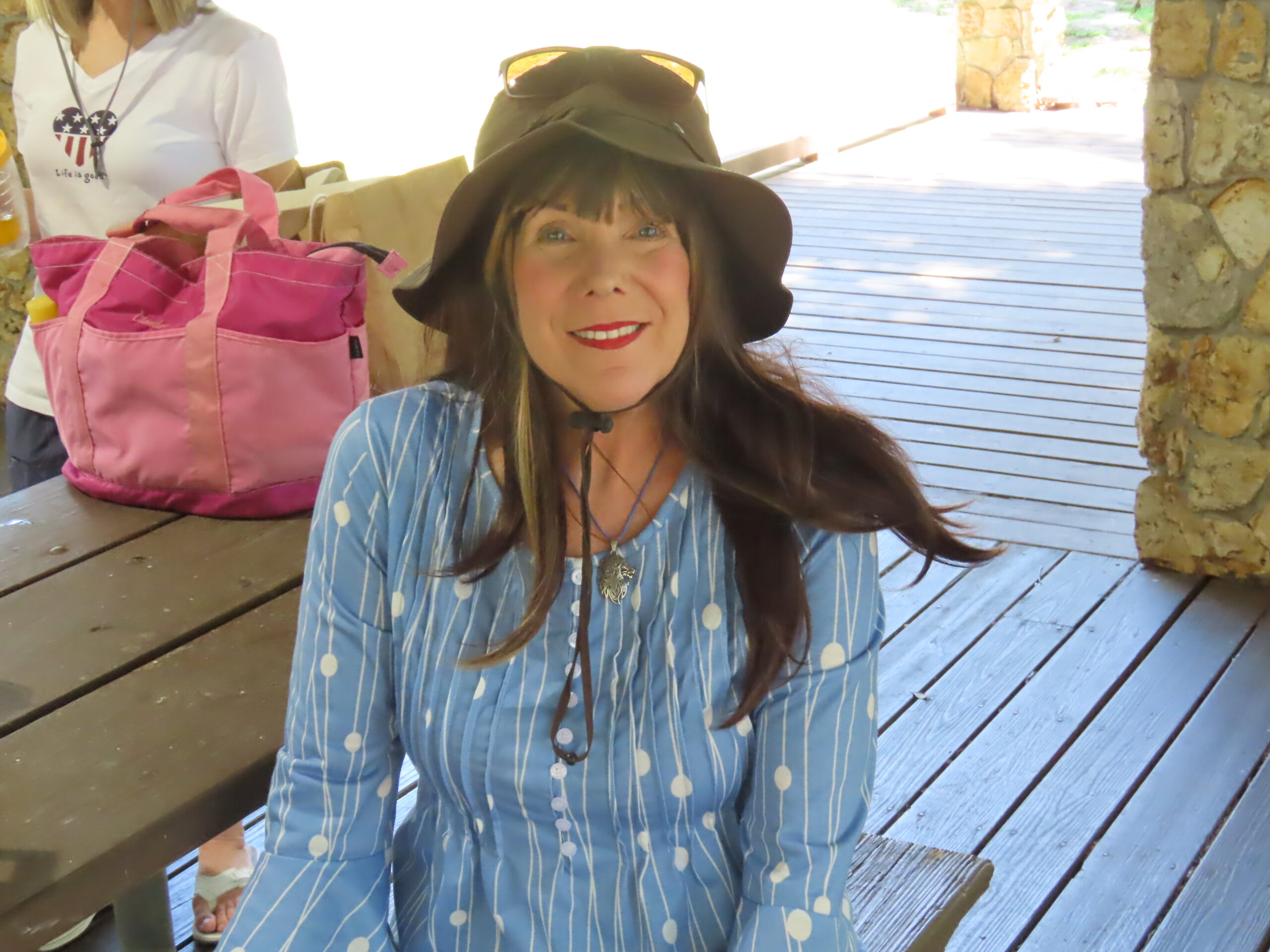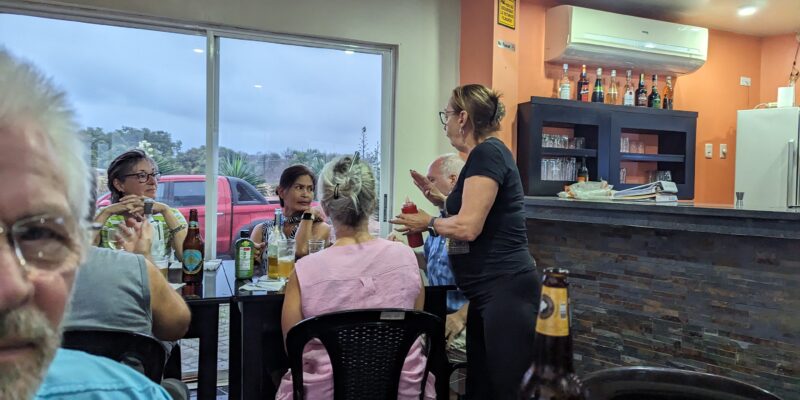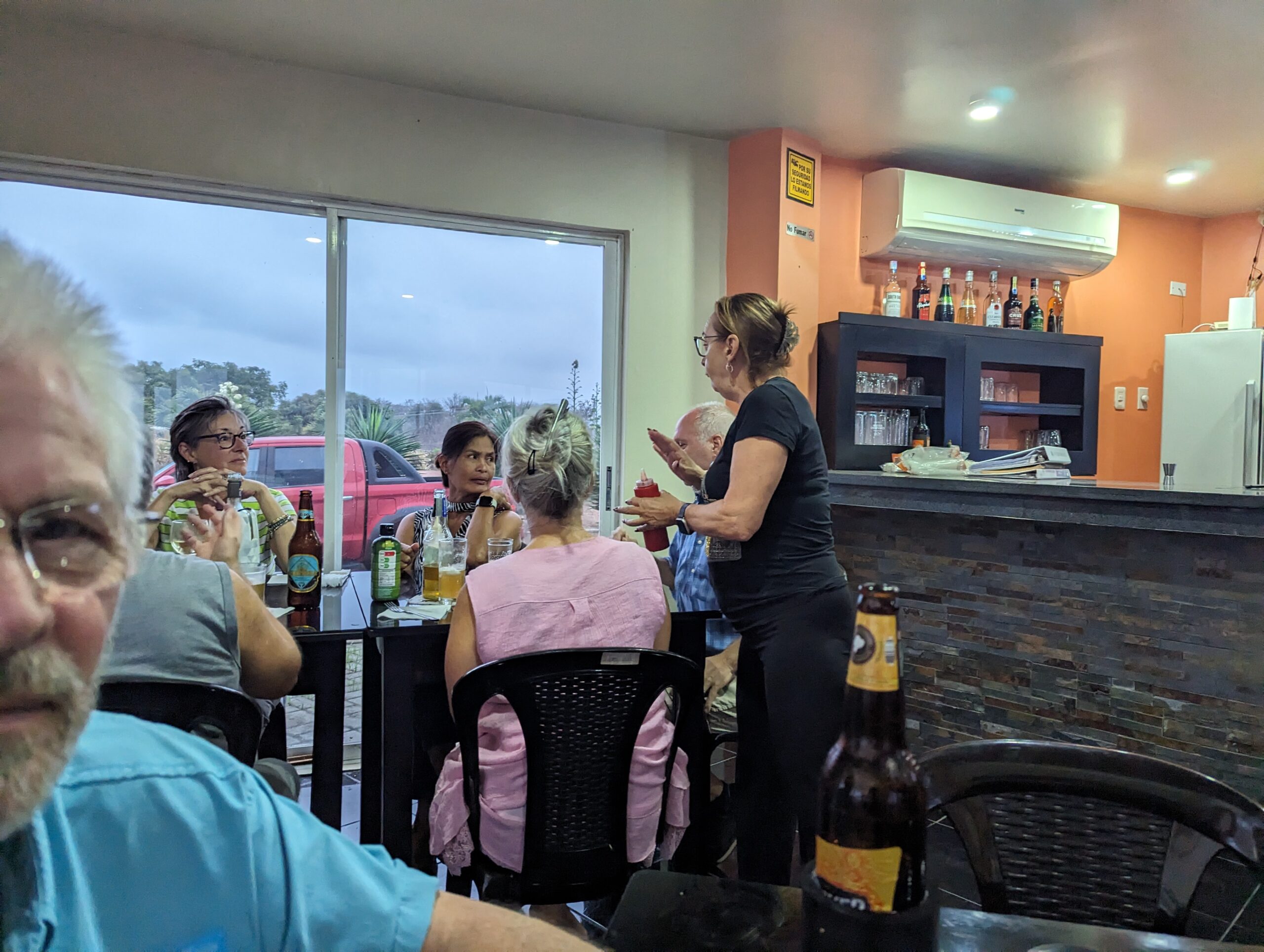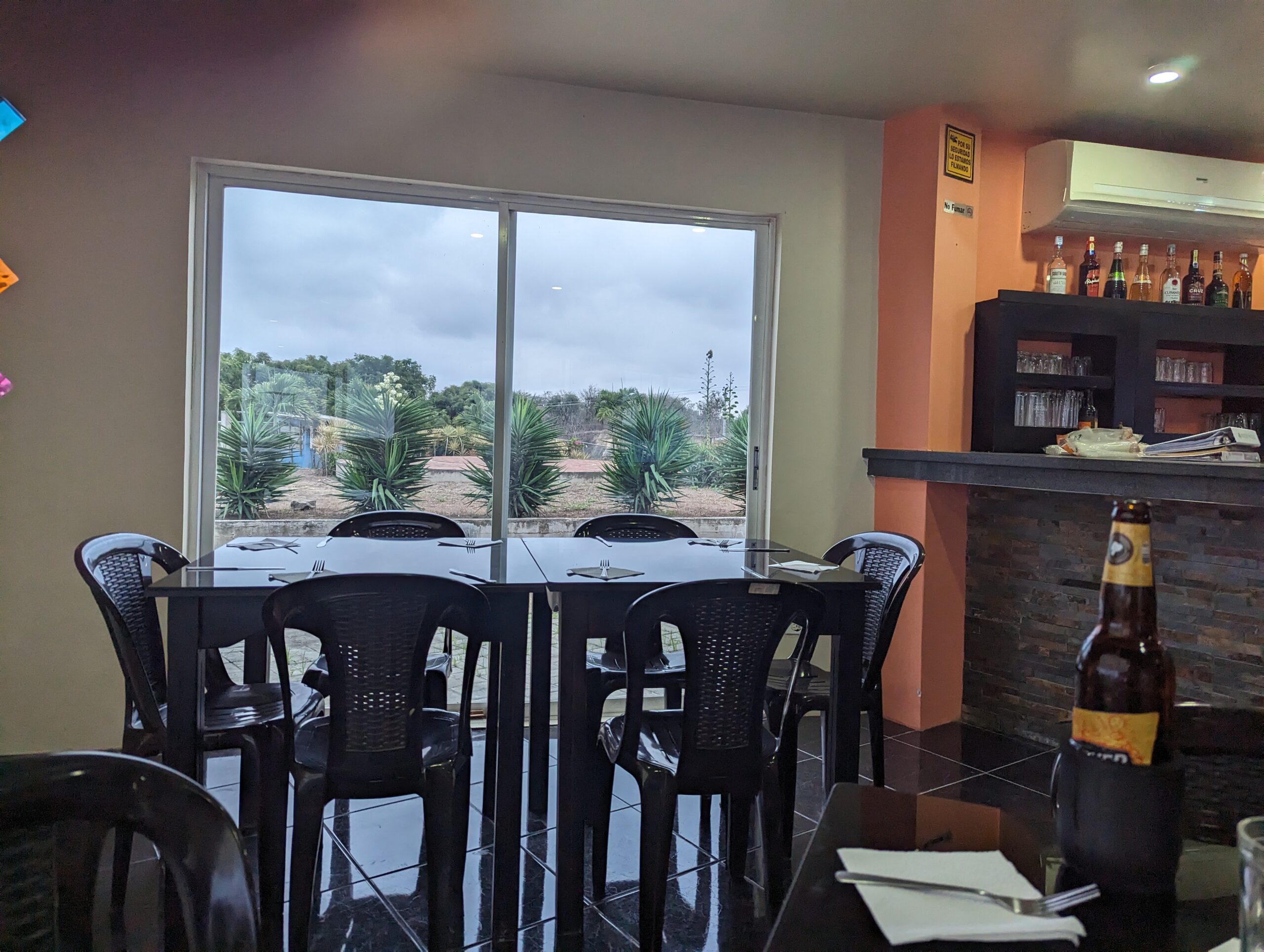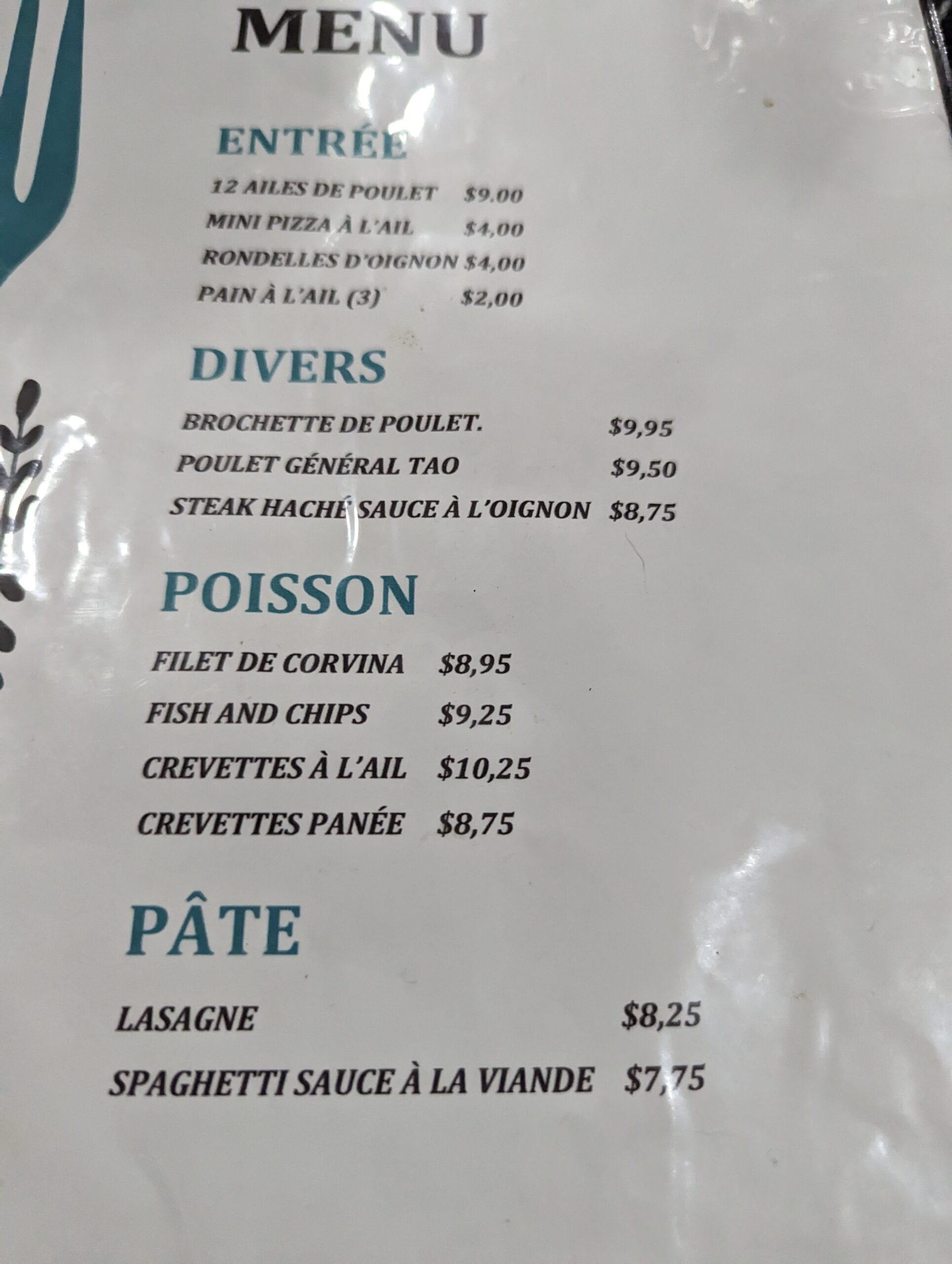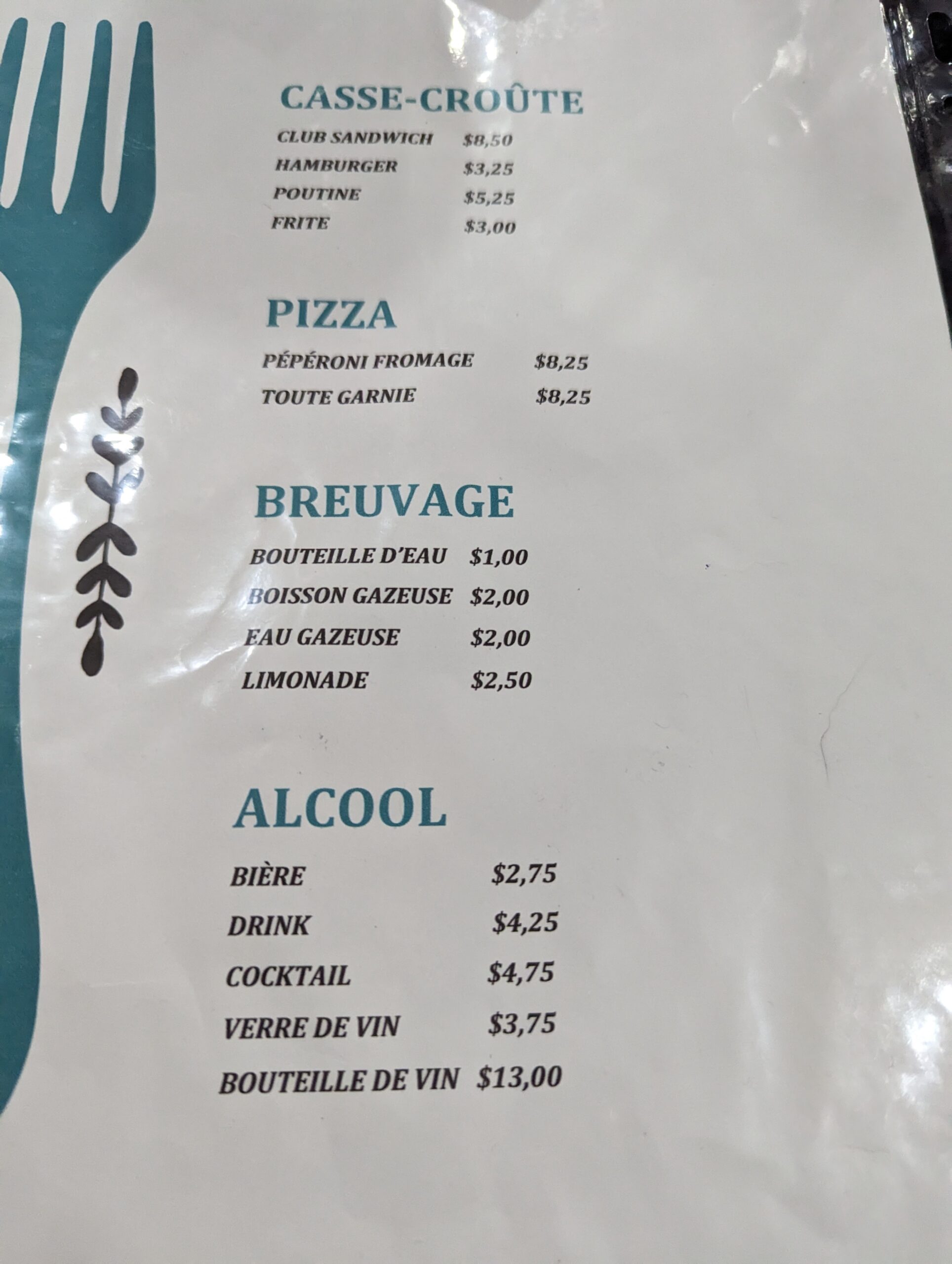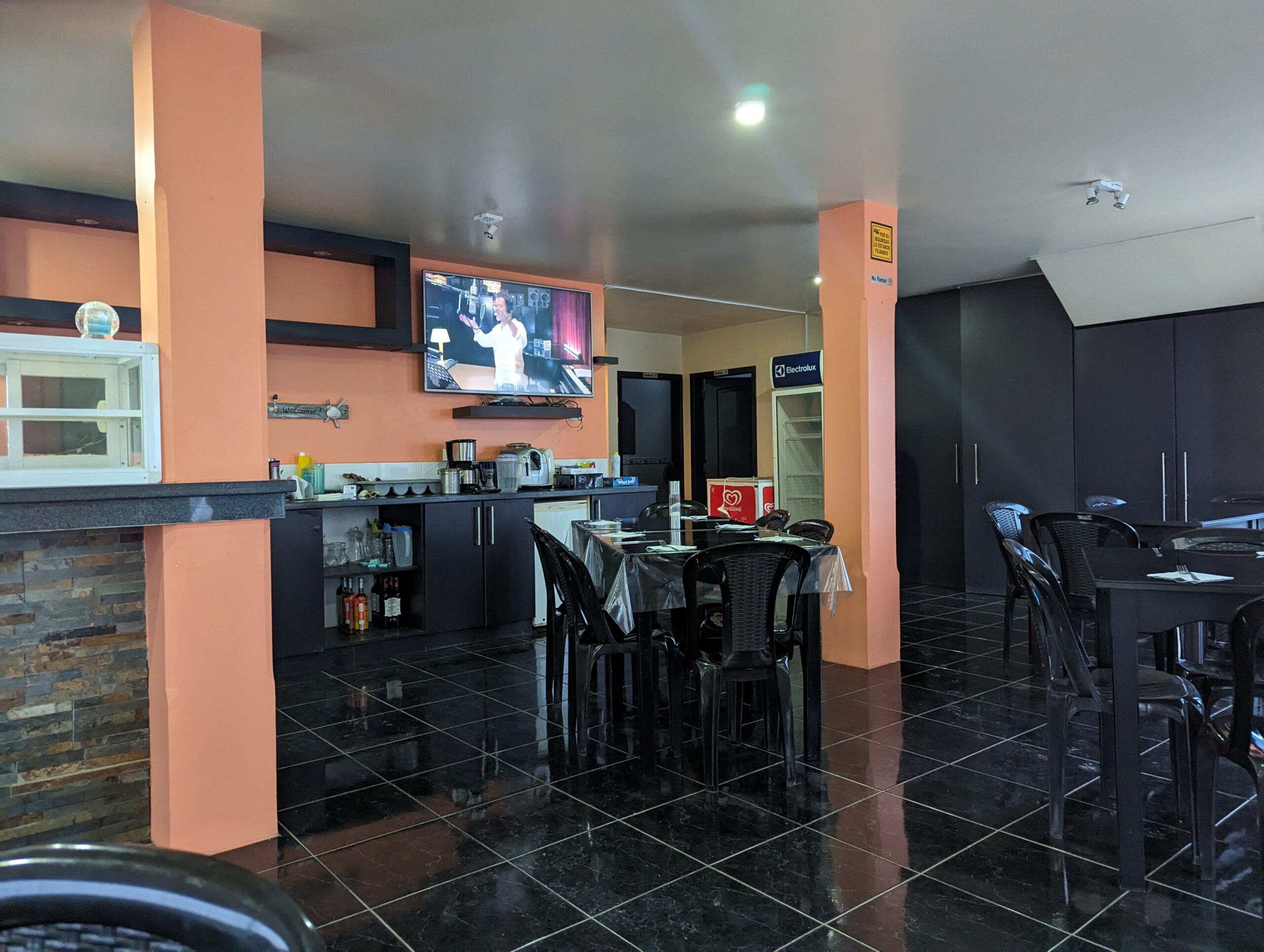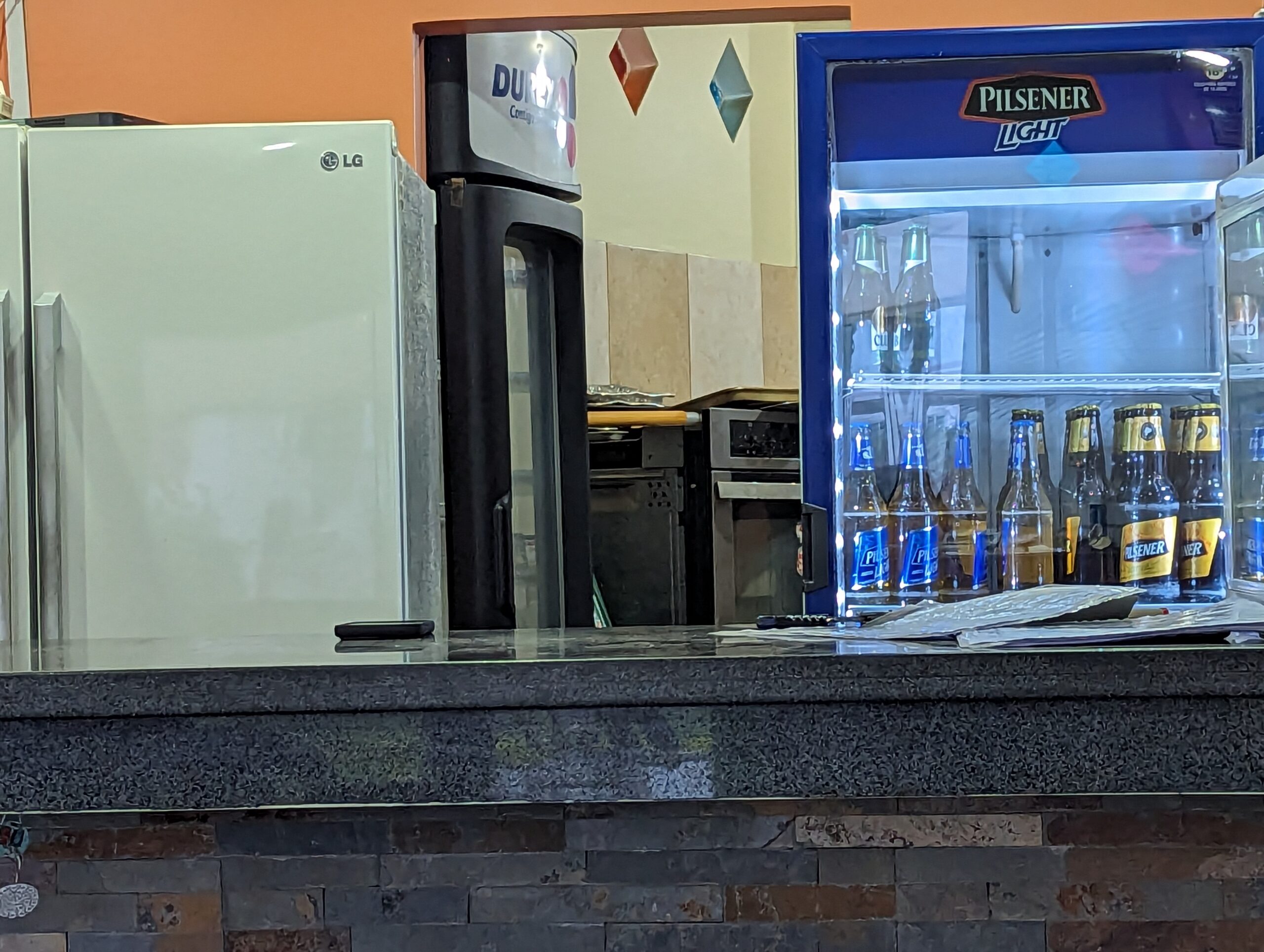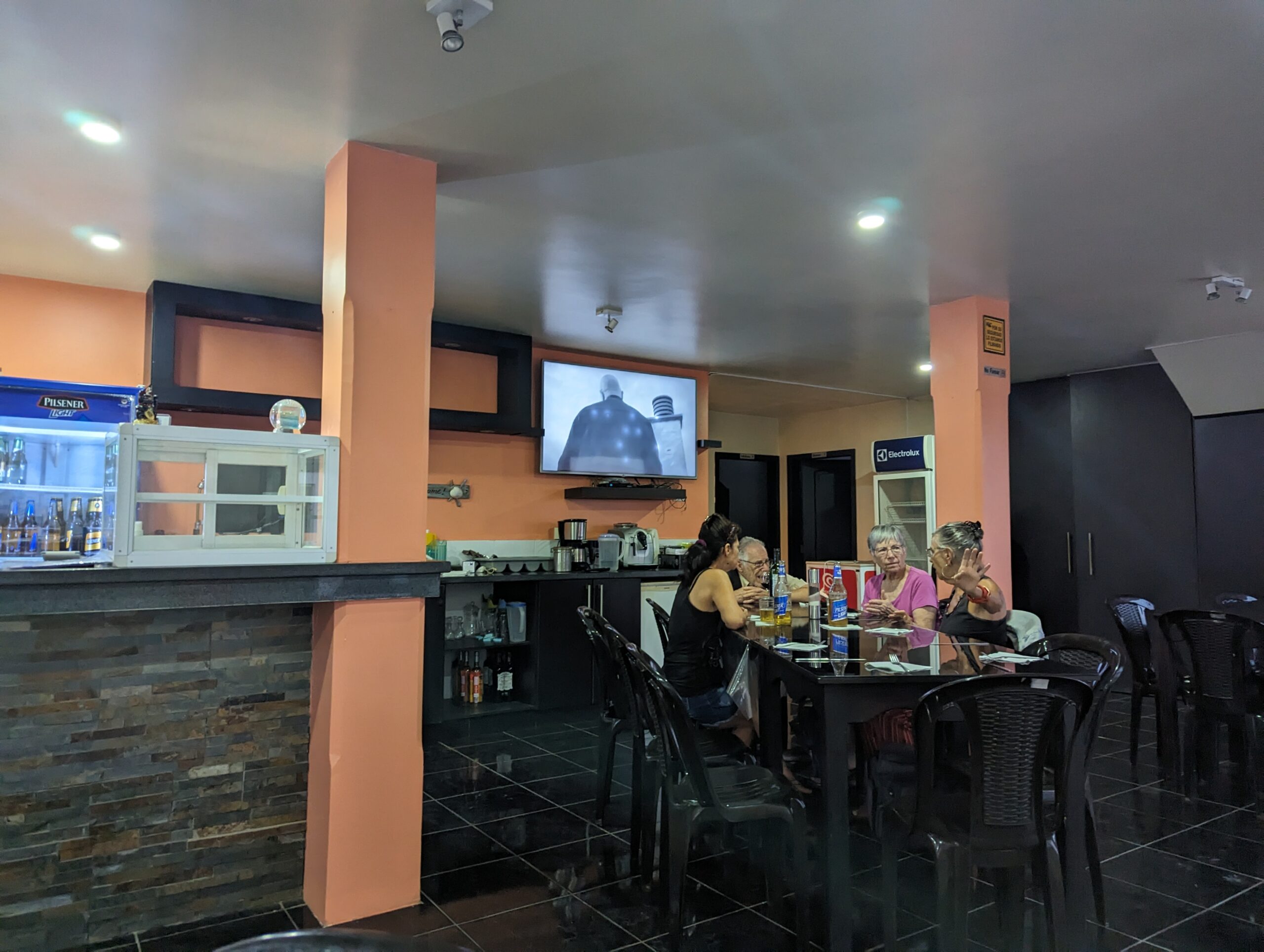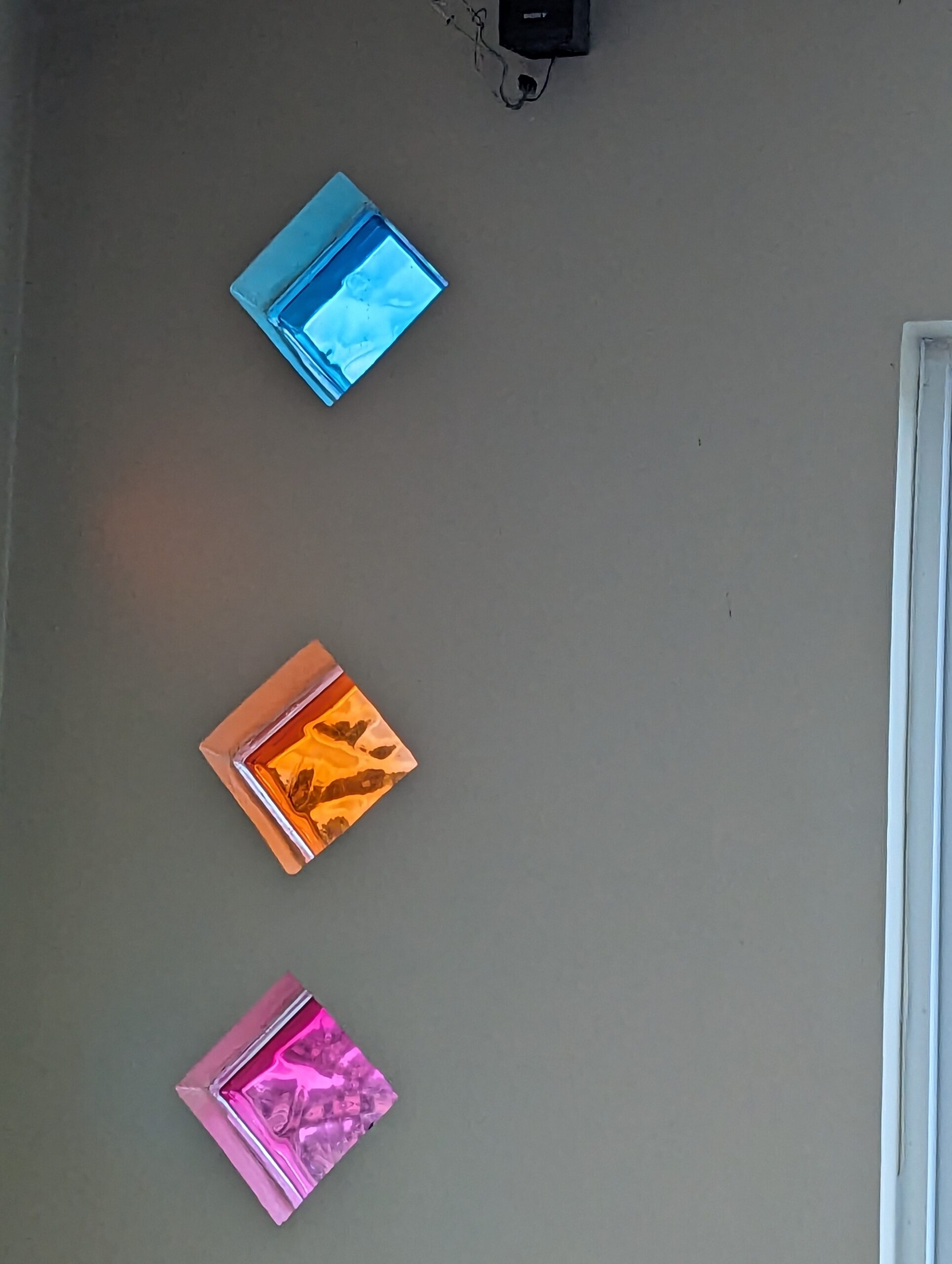
Note: Sorry, there aren’t any new photos today. Here are a few from Galapagos, only weeks ago.
The weeks are starting to fly by. We make the best of it while enjoying good meals with available food items. Going out to dinner every Wednesday night at Kokomo has certainly added to our enjoyment. And with the suggestions from some of our readers, particularly Marylin, we are streaming some good shows. More suggestions are welcome for newer shows. We watched all the older shows in lockdown in India in a hotel for ten months.
We listen to many podcasts on various topics and services during the day, which helps as background noise. Even while preparing a post, I can pay attention to the majority of a podcast. It’s great entertainment. No, there aren’t any easy-to-access drive-by sites to visit from here, although we looked at every possible tourist venue within a two-hour drive.
Locals have told us not to drive the highway at night in the dark. Like many other countries, crimes are committed on the highways at night. We decided long ago not to go in the dark on the N4 from the airport in Nelspruit, South Africa, to Marloth Park. We were warned about this by many residents in Marloth Park, and now, the same warning is here in Ecuador.

So here is my reality, which I write with considerable angst and frustration. I had to stop the walking schedule for now. It was causing me to be in Afib constantly and only stopped at night two hours after I took the single 100 mg. dose of Flecainide but started up again 12 hours later, shortly after I awoke.
Today, I am not walking any more steps than I must. In desperation, I took a second dose of the drug a few minutes ago, which worked for me about ten days ago for several days, but I knew I’d run out if I took two a day until I could get more. We visited three pharmacies, and none of them carried this antiarrhythmic drug. After considerable online research, it appears this drug isn’t available in Ecuador.
My only option is to see a cardiologist in Manta to help figure out what I need. With this much Afib, I may also require a blood thinner to prevent strokes. I don’t like taking so much medication, especially those with awful side effects. But, right now, I feel I have no choice at this location. This constant Afib has to stop.
Today, we have an appointment with a highly-reviewed cardiologist in Manta at 3:00 pm. We’ll leave here at 1:15 pm to ensure we arrive on time. They don’t speak English but communicate with me via WhatsApp, using its translator. I tried calling their phone number, but when no English was spoken, they immediately sent me a WhatsApp request, inquiring how they could help and how soon we needed an appointment.

Based on my racing heart, when they suggested 3:00 pm today, I was all over it. We don’t like going so late in the day, but we’re not being picky about the time at this point.
As mentioned above, I will not do the walking schedule today. I will ask the doctor if the walking schedule is OK during my appointment and go from there. I will report back tomorrow as to what transpires today.
We need groceries but won’t have time to shop after the appointment. We must figure something out from here until we return the car to Manta two weeks from today.
Be well.
Photo from ten years ago today, November 8, 2013:












